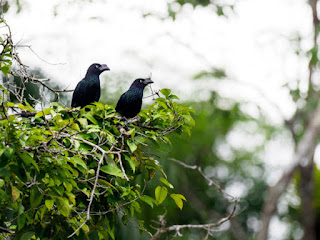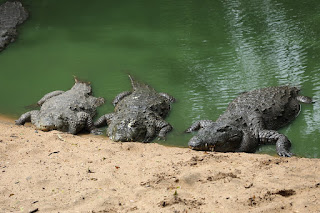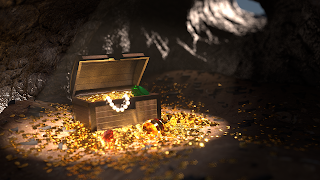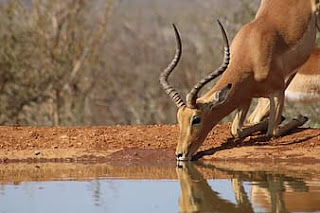Cell its structure and functions
Typical Cell:
All the organelles shown in the typical
plant or animal cell will not exist in every cell.
For example, chloroplasts are always
shown in the typical plant cell, yet all the
plant cells do not have chloroplasts. They
are mostly found in the cells of green
leaves, tender stems etc. The organelles
that feature in most of the cells are included
in this model. The typical cell provides a
way to study cells.
Observing the cell membrane..(act-1)
Take Rheo leaf, tear the leaf in a single
stroke. Observe it against the light. Take a
small piece of leaf peel with light coloured
transparent portion. Put it on slide and put
a drop of water on it. Cover it with cover
slip and observe the Lighter portion of leaf
under the microscope.
Cell membraneNuclear Membrane:
The membrane that encloses the nucleus and separates it from contents of cytoplasm is known as the nuclear membrane. Almost the entire genetic material of the cells is found in the nucleus.
Prokaryotic Cells the above
description was primarily about eukaryotic
cells that contained a membrane bound
nucleus. Cells that do not have a nuclear
membrane bound nuclear material are
called prokaryotic cells. We have
mentioned earlier that the bacterium is a
prokaryotic cell. Cyanobacteria (bluegreen algae) also belong to this category.
Cytoplasm:
When we look at the temporary mounts
of onion peel, we can see a large region of
each cell enclosed by the cell membrane.
This region takes up very little stain. It is
called the cytoplasm. The cytoplasm is the
fluid content bounded by the plasma
membrane. It also contains many
specialised cell organelles. Each of these
organelles performs specific function for
the cell.
Cell organelles are enclosed by membranes. In prokaryotes, beside the absence of a defined membrane bound nucleus (or nuclear region), the membrane bound cell organelles are also absent. Except membrane less Ribosomes.
Endoplasmic reticulum (ER)
When the cell was observed under the
electron microscope, a network of
membranes was observed throughout the
cytoplasm. This network creates passages
within the cytoplasm for the transport of
another. This network of membranes is
known as the endoplasmic reticulum.
Thus, one function of the ER is to serve
as channels for the transport of materials
(especially proteins) between various
regions of the cytoplasm or between the
cytoplasm and the nucleus. It also functions
as a cytoplasmic framework providing a
surface for some of the biochemical
activities of the cell. In vertebrate liver cells
SER plays a crucial role in detoxifying many poisons and drugs.
Golgi body or Golgi complex:
Lysosome:
Mitochondria..(act-2):
Mitochondria are small, spherical or
cylindrical organelles. Generally a
mitochondrion is 2-8 micron long and
about 0.5 micron wide. It is about 150 times
smaller than the nucleus. There are about
100-150 mitochondria in each cell. When
seen under the compound microscope, the
mitochondria appear as oval or cylindrical
dots in the cell. The diagram of
mitochondria shown in typical cell is
hypothetical. Electron microscope reveals
their unique internal structure in great
detail.
Information derived from the electron
microscope tells us that the mitochondria
are made up of a double-membrane wall.
The inner membrane of the wall protrudes
into the interior in folds and forms
structures called cristae; the space between
cristae is known as the matrix.
Mitochondria are responsible for
cellular respiration, a process through
which the cell derives its energy to do work.
Because of this, mitochondria are also
known as the powerhouses of the cell.
Ribosomes:
There are small granule like structures
in the cytoplasm of the cell. They are called
ribosomes. They are formed of RNA
proteins. They are two types. Free
ribosomes are scattered in cytoplasm.
Attached ribosomes are on the surface of
rough endoplasmic reticulum. Ribosomes
are the sites for protein synthesis.
Plastids..(act-3):
Observing chloroplast in algae
Collect some algae from pond and
separate out thin filaments of them. Place
a few filaments on a slide. Observe it under
the microscope. Take the help of given
figure and draw the picture of chloroplast
that you have observed under the
microscope.
Chloroplast is a type of plastids in
green colour. Plastids are present only in
plant cells. Plastids are mainly of three
types: (i) chromoplasts (coloured)
(ii) leucoplasts (colourless) and (iii) chloroplasts (green coloured).
Chloroplasts are of different shapes i.e.













































